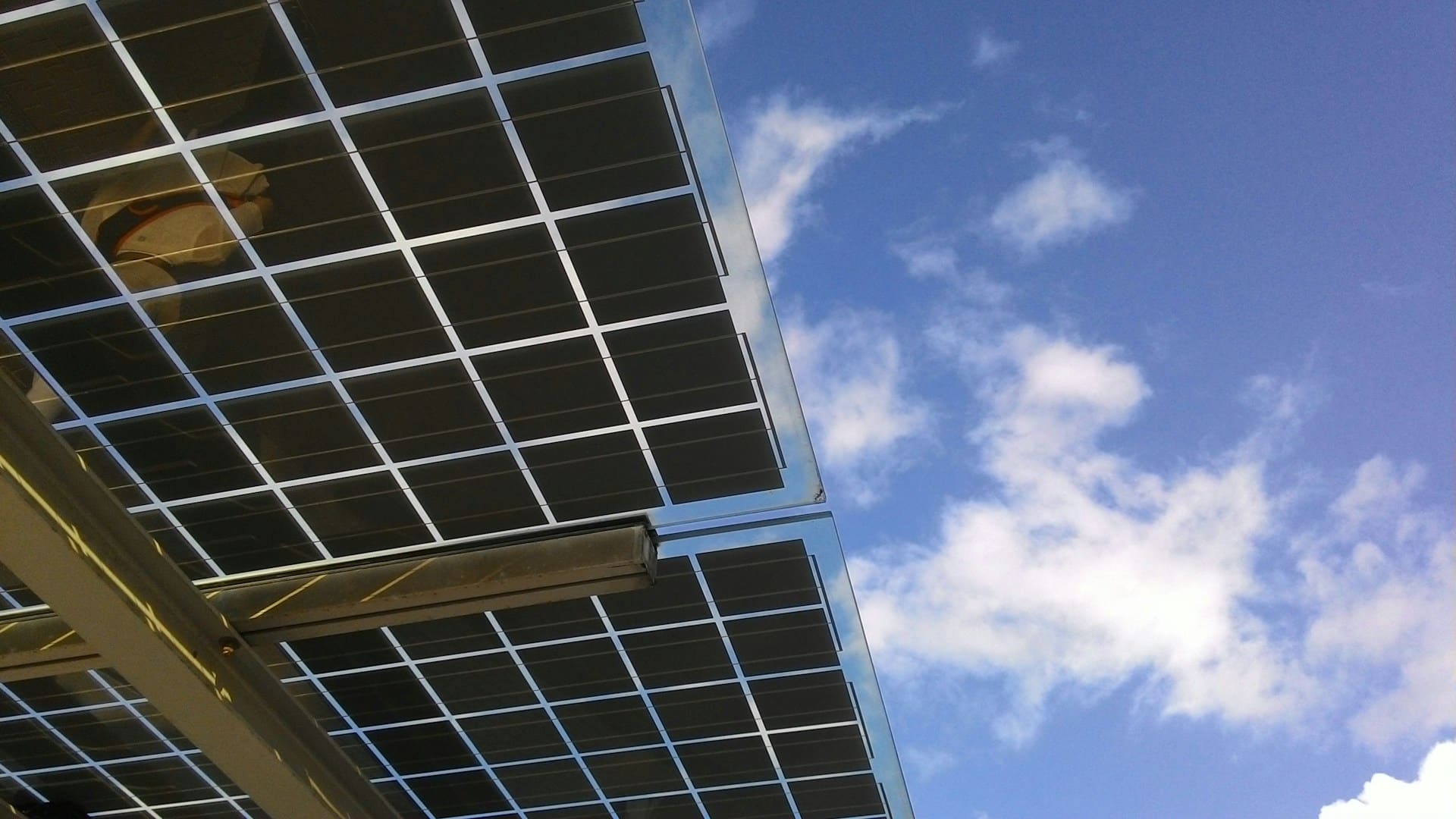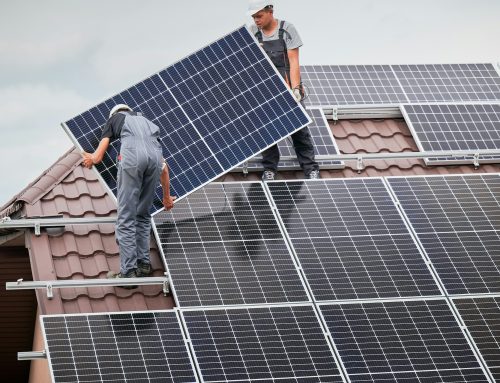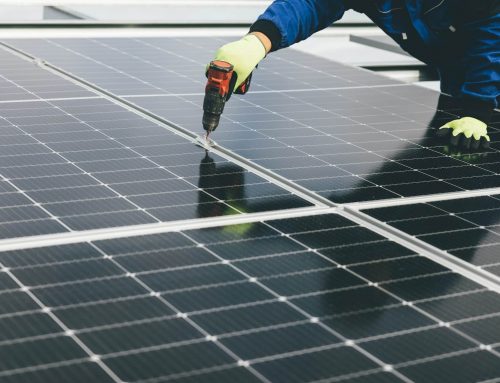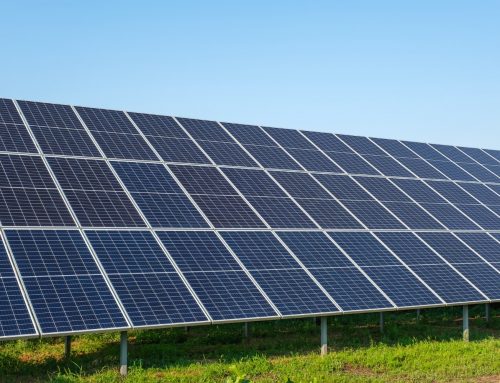When it comes to managing rising electricity costs in Adelaide, many homeowners are turning to solar as a long-term solution. Rooftop solar systems paired with batteries are making a noticeable difference for households looking for more control, protection from price hikes, and more predictable power bills. But not all systems are created equal and that’s where customisation becomes important.
Every household uses energy differently. Some have busy kitchens running all day, others rely heavily on air conditioning or work-from-home setups with high device usage. Matching your solar power package to how your household operates can have a big impact. It can improve comfort, increase savings, and make your everyday energy use more reliable. A one-size-fits-all approach often misses the mark, so starting with your needs leads to much better results.
Assessing Your Energy Needs
Before anything gets installed on your roof, you’ll need a clear picture of your household’s energy habits. This goes beyond just knowing your average bill. Start by thinking about how you use electricity, when your demand is highest, and whether new appliances or lifestyle changes might be coming up.
Some key things to look at include:
– How many people live in your home and what their daily routines look like
– When energy usage peaks – mornings, evenings, weekends, or spread throughout the day
– Use of large appliances like ovens, dishwashers, dryers, or pool pumps
– How often you run air conditioning or heating
– Whether you own or are planning to buy an EV or battery system soon
– Any home upgrades coming up – like adding a study, renovating the kitchen, or building a granny flat
For example, a household with two adults working from home and teenagers returning in the afternoon will have different needs compared to a single retiree who’s more active in the evening. Profiling your energy use like this helps create a solar power system that doesn’t overproduce or underdeliver. That’s how you find the right balance for your situation.
Looking ahead is just as important. If you know your family might grow, or if you’re thinking about adding an EV charger, your system will need to account for those changes. Planning for the future ensures your system grows with you instead of needing a costly upgrade down the line.
Choosing The Right Components
Once your energy use is understood, it’s time to focus on what your system is made of. Each component plays a part in delivering reliable energy output, long-term performance, and overall savings. Not all panels or inverters are created equal, and cheaper components often come with compromises.
Here’s what to consider when choosing:
– Solar panels: Monocrystalline panels are usually the most efficient and look neat on rooftops. Polycrystalline panels are often more affordable but don’t perform as well in lower light or higher temperatures. Thin-film panels are flexible and lightweight though generally less efficient, and usually work best in open spaces.
– Inverters: Your system’s inverter is what turns your solar energy into electricity your home can use. A high-efficiency inverter helps get the most out of your panels.
– Battery storage: A battery stores energy for use after dark or during blackouts. This boosts your independence from the grid and lets you make the most of your system over 24 hours, which is useful if your energy use is spaced out through the day and night.
High-grade parts make a noticeable difference. They tend to last longer, handle heat more effectively, and deliver steadier performance. Adelaide’s weather can be pretty up and down, so it’s worth choosing parts that can cope with everything from summer scorchers to stormy days.
Customisation Options
Once you’ve picked quality components, it’s time to make sure everything works together to meet your home’s needs. Customisation is about more than just what’s in your system – it’s about how it fits your home and how it’s set up.
1. System Size and Roof Space: The shape, size, and layout of your roof play a big part in how many panels you can install and where they go. Matching your panel layout and system size with your actual energy use means you avoid overspending or running short. Be mindful of obstacles like chimneys and satellite dishes and areas that may be in shade.
2. Smart Technology Integration: Including smart tech lets you keep track of how your system’s working at any moment. Live energy monitoring shows when power is being used most, so you can make small adjustments that reduce waste and improve savings. Understanding your usage patterns can also help you make better choices about when to run certain appliances.
3. Aesthetic and Roof Type Considerations: Solar systems don’t have to clash with the look of your home. Sleek, low-profile panels help maintain your home’s appearance, and picking a system that complements how your roof is built is important too. For harder-to-work-with roofs, like terracotta or slate, installation needs to be handled by someone with the right experience.
Partnering with a Trusted Provider
Going solar is a big commitment, so it makes sense to work with someone who’s going to do it right. A reliable solar provider takes the time to understand your needs and offers quality systems with proper support.
– Ethically Sourced Components: Some solar parts come from questionable supply chains. Choosing a provider who offers parts that are ethically sourced means no toxic materials or unfair labour practices. This also gives you peace of mind about what’s going into your home and what it represents.
– Independent Lab Testing and Certification: High-performing systems are tested by independent labs, showing how they hold up in real-world conditions. Panels certified to handle hail and tough weather are a smart choice, especially in areas like Adelaide where storms can roll in fast.
– Support and Warranties: Good providers support you even after the installation. Strong warranties and accessible technical support mean if anything comes up, you’re not left in the dark. Whether it’s a system check-up or a minor fix, it’s good knowing you’re covered.
Enhancing Your Home’s Efficiency with Solar
A tailored solar power system gives you more control over your energy use and budget. It’s a way to make your home more self-sufficient, reduce reliance on the grid, and plan for a lower-cost, more energy-smart future.
– Maximising Savings: By designing a system around when and how you use power, you ease the impact of peak energy tariffs. For homes that experience high bills across summer and winter, this can make a big difference without needing to cut back on comfort.
– Local Benefits and Incentives: Adelaide has government rebates and other financial incentives that make solar more affordable upfront. These help make solar a viable option for more homeowners, cutting down the time it takes to start seeing a return on your investment. Keep an eye out for what’s available so you don’t miss out.
Choosing solar isn’t just about saving money today; it’s a smart move for long-term security. With power prices continuing to rise, locking in your own energy generation puts you in control. And if your system is designed with care, it can keep delivering value well into the future.
Tailoring Your Solar Solution with Energy Buster
Every household runs differently, and your solar system should reflect that. Customising your solar power package lets you get the most from your investment. By choosing the right size, smart features, trusted components, and a reliable partner, your solar setup becomes something that supports your lifestyle year-round.
At Energy Buster, we work with Adelaide homeowners to design solar systems that make sense for daily life and future goals. With quality materials, expert advice, and a focus on performance, we’re ready to help you make a solar choice that works for the long haul.
Ready to make the most of your solar investment? Explore our tailored solar power packages designed for Adelaide homes. Energy Buster is here to guide you with high-quality, ethically sourced solutions that maximise savings and sustainability.






